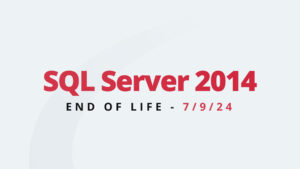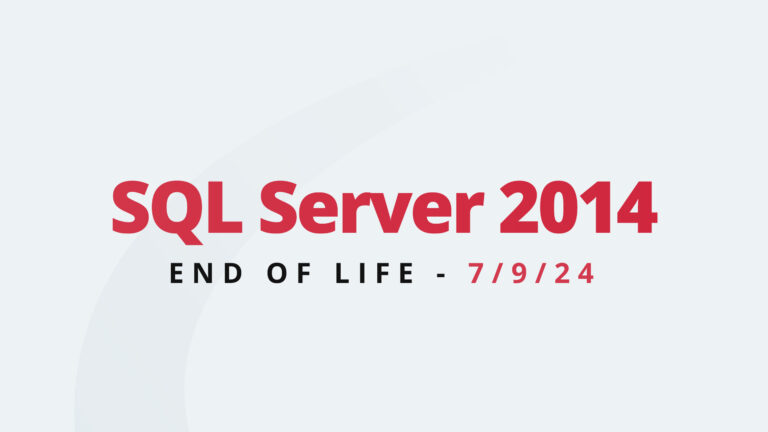House of Brick Senior Consultant
Several years back I got a letter from my insurance company inviting me to insure my cars as well as my house because it would save me money. According to my policies this company had already been insuring my cars for over twelve years. I called my agent and subsequently found out the erroneous mail was due to data quality issue. I also got a “free” calendar.
A number of larger companies have data quality and governance efforts underway while even more do not. Most SMB’s have no data quality process in place. From a purely financial perspective there is an initial cost for data quality and the ROI can extend over several years. Still, implementing a vigorous data quality discipline in any company can reap significant benefits. I’ll review a few in this article.
The High Costs of Poor Quality Data
In his article, “Data Quality and the Bottom Line,” Wayne Ekerson of the Data Warehousing Institute writes, “…poor quality data can have a deleterious impact on the health of a company. If not identified and corrected early on, defective data can contaminate all downstream systems and information assets, jacking up costs, jeopardizing customer relationships, and causing imprecise forecasts and poor decisions.”
Mailing costs are increasing annually, even for bulk mailing rates. Bulk mail costs increased 6% in January 2014. According to the USPS 23% of all mail is addressed incorrectly. Multiple mailings to a single household are commonplace. Anything that can be done to reduce or eliminate unnecessary and duplicate mail will have a noticeable impact on a company’s bottom line.
Approximately 80% of a program’s code is written to handle data anomalies. If we can guarantee that the data is correct coming into the program we can reduce program development time and costs as well as costs for program maintenance. This brings about more flexibility in creating the applications quickly to open new markets or make IT’s clients more productive.
Data Quality’s Impact on Business
Customer satisfaction is an area that has both determinable and hidden costs. While you can measure customer retention and potential lost sales, one must take into consideration other customer retention costs. People tell about ten of their friends and acquaintances about a good or bad customer experience and getting a new customer is ten times more costly that keeping an existing one. Accurate data reduces costs in this area by knowing who a customer is, where they live, how they are related to other customers, understanding their buying history and connecting data from one business unit to another accurately.
More and more company leaders are using Business Intelligence (BI) in decision making and tracking company performance against goals. Without quality information serious issues can arise in inventory, sales, staffing, and deciding when and whether to enter a line of business. The result can be millions lost in sales or wasted in inappropriate expenses. Quality data will improve decision-making. In business we are often tasked with making a decision without all the necessary information. Some folks feel that an 80% correct decision when it is needed is better than a 100% correct decision made six months too late. If we have quality data to assist in our decision-making we will have the opportunity to make better, more correct decisions when needed.
Effective up selling, handling refunds, government regulations, and risk reduction are just a few of the other areas being impacted by poor data quality.
Correcting data quality in any size company is a daunting task. Without senior management support it will fail. Implementing data quality changes the manner in which a company views data. It is the largest asset most companies have, and some have gone so far as to include it in their balance sheets.
Data Quality is a Lifetime Task
Despite the fact that many people have tried, you cannot boil the ocean. Data quality cannot be solved all at once. Attempting to do so will almost always result in failure and discouragement.
It is far better to take one part of the data, like names and addresses, and correct them first then move on to another part. These parts can be best defined by business users of the data who understand the way in which the data is used by the company. Each time one area of data is cleansed you will begin to realize savings associated with it. At some point in the process, a tipping point is reached in the way people look at data and in savings to the company.
Finally, don’t look at data quality as a project that has a beginning and an end. Data comes into your company from many different sources including the web, manual entry, EDI, and file transmissions from other companies. Maintaining data quality is a lifetime task but it pays dividends in so many areas.






